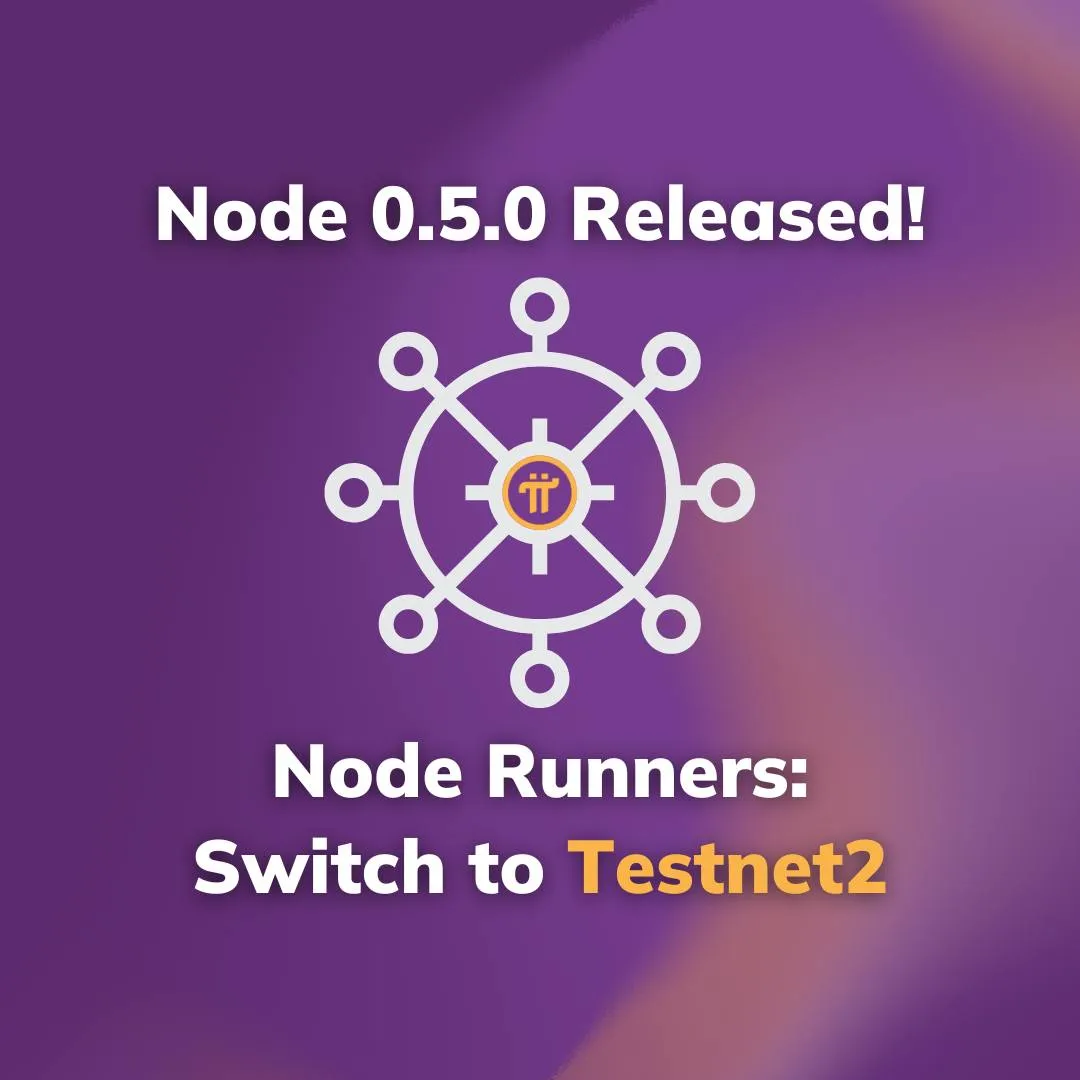|
Getting your Trinity Audio player ready...
|
Ripple is set to revolutionize the XRP Ledger (XRPL) with a groundbreaking dual approach to introducing smart contract capabilities, marking a significant milestone in the network’s evolution. Despite its long-standing presence in the blockchain space, the XRPL has notably lagged behind competitors like Stellar, which enabled smart contracts earlier this year. Ripple’s latest announcement aims to address this gap and boost the network’s programmability and institutional appeal.
A Two-Pronged Strategy For Enhanced Programmability
Ripple’s recent strategy, revealed during events in Korea and Japan, involves a dual approach to smart contract integration: enhancing the XRPL Mainnet with native smart contract features and deploying the XRPL EVM Sidechain. This ambitious plan is designed to not only expand the network’s utility but also foster a thriving developer ecosystem.
The XRPL Mainnet will soon incorporate new layer-1 features that support native smart contracts. This upgrade will allow developers to create customized functionalities directly on the XRPL, minimizing the need for widespread community adoption to leverage these enhancements. Ripple’s approach ensures that smart contracts on the Mainnet will be permissionless, thereby reducing performance and cost implications and making it more accessible for new developers. An XLS proposal will be launched to further explore the implementation of these features.
The XRPL EVM Sidechain – Bridging Blockchain Ecosystems
Complementing the Mainnet upgrade, Ripple is also developing the XRPL EVM Sidechain in partnership with Peersyst. This sidechain will bring Ethereum Virtual Machine (EVM) compatibility to the XRPL, enabling interoperability with over 55 other blockchains through Axelar. The sidechain will utilize eXRP, a wrapped version of the XRP token, as its native asset and gas token, facilitating seamless transactions across different networks.
Ripple’s Chief Technology Officer, David Schwartz, expressed enthusiasm for the potential of these developments. He encouraged the community to explore the new opportunities that native and sidechain programmability could bring to the XRPL. Schwartz’s excitement reflects a broader optimism within the XRP community about the impact of these advancements.
Community Buzz and Future Considerations
The XRP community is abuzz with anticipation. Notable community member WrathofKahneman (WOK) praised Ripple’s dual approach as a balanced method to enhance the XRPL’s capabilities. WOK commended Ripple for involving the community through the forthcoming proposal, which will allow for broader input on the implementation of these features. He described the advancements as potentially epochal for the XRPL, though he also raised questions about whether techniques like sharding or subnetting might play a role and whether Ripple can maintain the platform’s speed amid these enhancements.
As Ripple moves forward with these significant upgrades, the XRPL is poised to become a more versatile and developer-friendly network. The integration of smart contracts through both the Mainnet and the EVM Sidechain could redefine the XRPL’s role in the blockchain ecosystem, paving the way for greater innovation and adoption.
Disclaimer: The information in this article is for general purposes only and does not constitute financial advice. The author’s views are personal and may not reflect the views of Chain Affairs. Before making any investment decisions, you should always conduct your own research. Chain Affairs is not responsible for any financial losses.
I’m your translator between the financial Old World and the new frontier of crypto. After a career demystifying economics and markets, I enjoy elucidating crypto – from investment risks to earth-shaking potential. Let’s explore!




